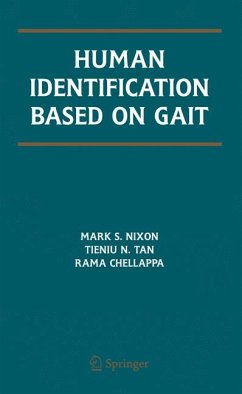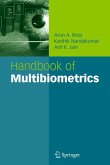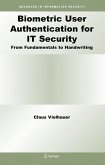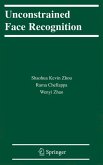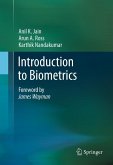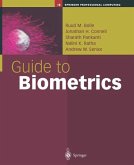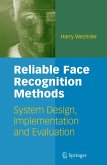This professional book introduces developments from the laboratories of very distinguished researchers within this relatively new area of biometrics and clearly establishes human gait as a biometric. Human Identification Based on Gait provides a snapshot of all the biometric work in human identification by gait (all major centers for research are indicated in this book). To complete the picture, studies are included from medicine, psychology and other areas wherein we find not only justification for the use of gait as a biometric, but also pointers to techniques and to analysis.
Human Identification Based on Gait is designed for a professional audience, composed of researchers and practitioners in industry. This book is also suitable as a secondary text for graduate-level students in computer science.
Dieser Download kann aus rechtlichen Gründen nur mit Rechnungsadresse in A, B, BG, CY, CZ, D, DK, EW, E, FIN, F, GR, HR, H, IRL, I, LT, L, LR, M, NL, PL, P, R, S, SLO, SK ausgeliefert werden.
Hinweis: Dieser Artikel kann nur an eine deutsche Lieferadresse ausgeliefert werden.

